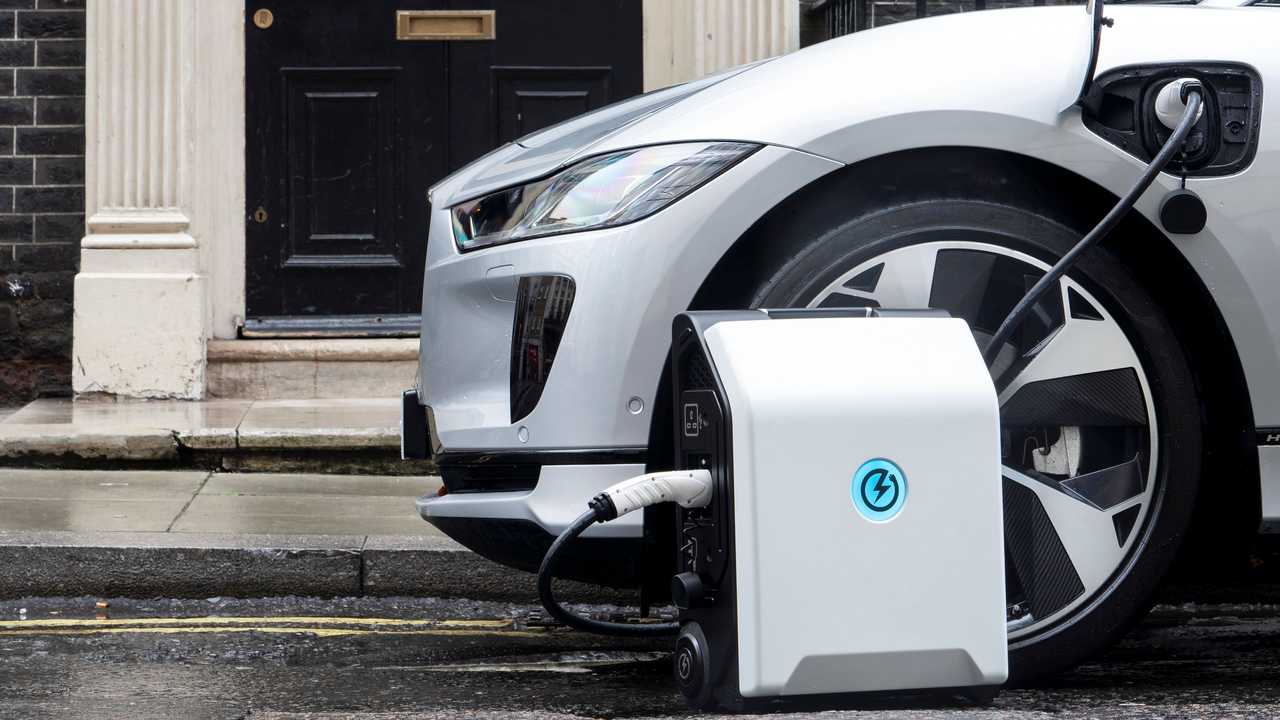To avoid “charging” or, to use a more recent word, “top-up” issues, it is crucial to become familiar with the necessary on-board equipment before purchasing an electric car.
It is crucial to verify that the electric car has a battery charger with a “standard” connection, which allows it to draw power straight from ENEL’s grid and, consequently, from the outlet in our garage. If it’s not, something is incorrect, and you should speak with the seller.
This typical component of an electric vehicle’s equipment enables convenient mains-powered battery charging wherever you are. In fact, there are many different sorts of battery chargers for electric automobiles. These, however, cannot take electricity from the mains supply and must instead be connected to the charging stations that are now available in big cities either directly or with the aid of special adapters. The best option is to have a high-frequency standard plug and a battery charger built into the vehicle itself, eliminating the need for external devices.
When considering an electric car, one must look at the costs associated with the energy needed to charge the batteries. Models that enable battery charging directly from the domestic national mains supply unquestionably enable lower energy expenses. Typically, a complete set of traction batteries for vehicles that draw power directly from the mains supply costs no more than 2 euros to fully charge.
The time spent at home to charge the batteries can be minimized with vehicles equipped with a standard battery charger. A set of traction batteries does, in fact, require an average of 8 hours to charge completely. After the car has been operated throughout the day, we advise electric vehicle charging station the whole set of batteries over night while using the cheapest electricity tariff. For partial charges, the batteries can also be charged for a shorter period of time during the day.
Compared to conventional internal combustion vehicles, such those that are most prevalent on the market today, the advantages of an EV are innumerable. As they do not emit harmful emissions from the tailpipes of a gas-dependent vehicle, they can significantly reduce air pollution. How environmentally friendly an electric automobile is is arguably one of its most alluring features. By using electrically generated technology to charge the batteries, such a straightforward matter further minimizes greenhouse gas emissions. That means reduced reliance on importing oil from outside for the US.
Even if the cost of electric vehicles on the market can be costly, consider how much money you will save on gas over the course of your lifetime. Professional EV charging facilities are offered by many businesses in the neighborhood. According to automotive studies, in five years, the cost of electricity for an electric automobile will be about one-third that of a gasoline-powered vehicle.
Since they are not affected by the memory effect, partial charges have no negative effects on the runtime and/or efficiency of the set of batteries. The set of batteries in electric vehicles typically last four years since they do not experience the memory effect.
Depending on the model and configuration chosen, an electric vehicle’s completely charged set of batteries can provide between 70 and 100 kilometers of uptime.

